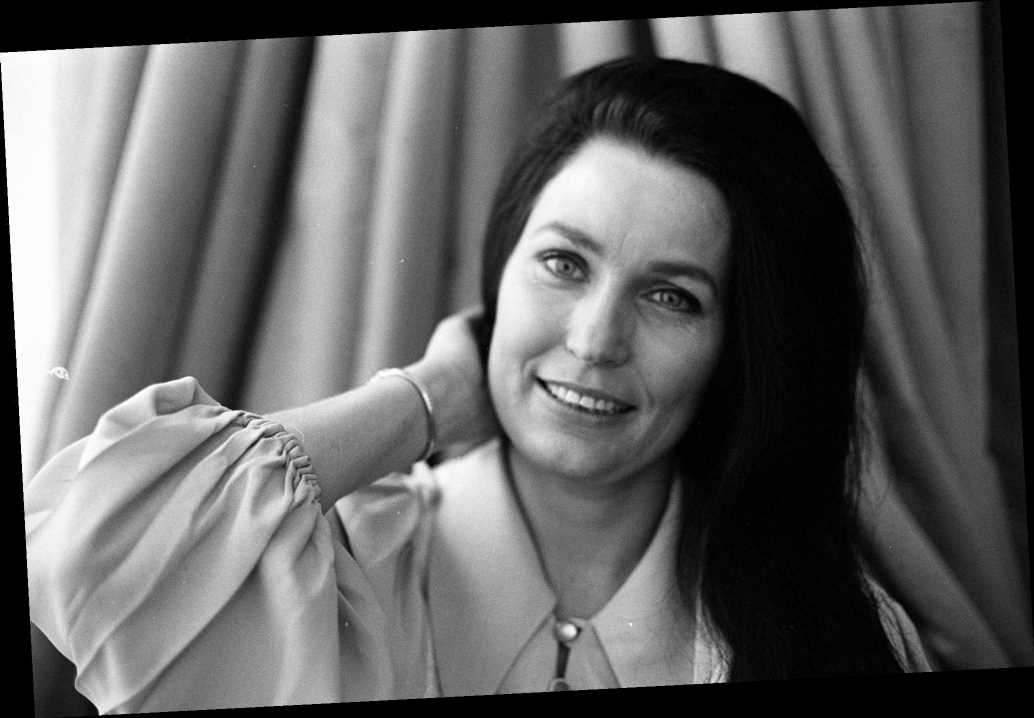Happy 88th birthday to music icon Loretta Lynn, born this day in 1932, in the tiny coal-mining community of Butcher Hollow, Kentucky. Lynn, who immortalized “Butcher Holler” in her autobiographical 1970 single “Coal Miner’s Daughter,” arrived in Nashville in the early Sixties, appearing on the Grand Ole Opry for the first time 60 years ago before she eventually joined the Opry cast in September 1962.
Although she had recorded her debut single “I’m a Honky Tonk Girl” in 1960 for Zero Records, an independent label based in Canada, Lynn would sign to Decca Records with the assistance of her music publishers the Wilburn Brothers. In May 1963, she also joined the cast of their syndicated TV series, which initially aired on 19 stations throughout the southeastern U.S. By the time the series debuted, Lynn had already recorded much of the material that would appear on her debut LP for Decca, titled Loretta Lynn Sings. Written by Johnny Mullins, the single “Success” predated the album’s release by a year-and-a-half, and gave Lynn her first Top Ten hit. (It would also be covered memorably years later by Sinead O’Connor). Another hit from the album, “The Other Woman,” reached the Top 20.
One of Lynn’s earliest performances on The Wilburn Brothers Show was another of the songs featured on her debut record, although not released as a single. Originally dating from 1958, “Alone With You” was co-written by Faron Young and became his second Number One single. Another of its writers, Roy Drusky, would cut it in 1961, as did Opry star Billy Walker. Two years later, just before Lynn released her version, it was also cut by Rose Maddox, and by British folk trio the Springfields, featuring future superstar vocalist Dusty Springfield. Later versions would be recorded by Connie Smith, Jim Ed Brown, and bluegrass duo Jim & Jesse, among others.
With its jaunty tempo and sweet, hopeful lyrics, Lynn’s rendition of “Alone With You” offers up 90 seconds of unbridled musical joy, a peppy remedy for the stay-at-home blues.
Popular on Rolling Stone
Source: Read Full Article
